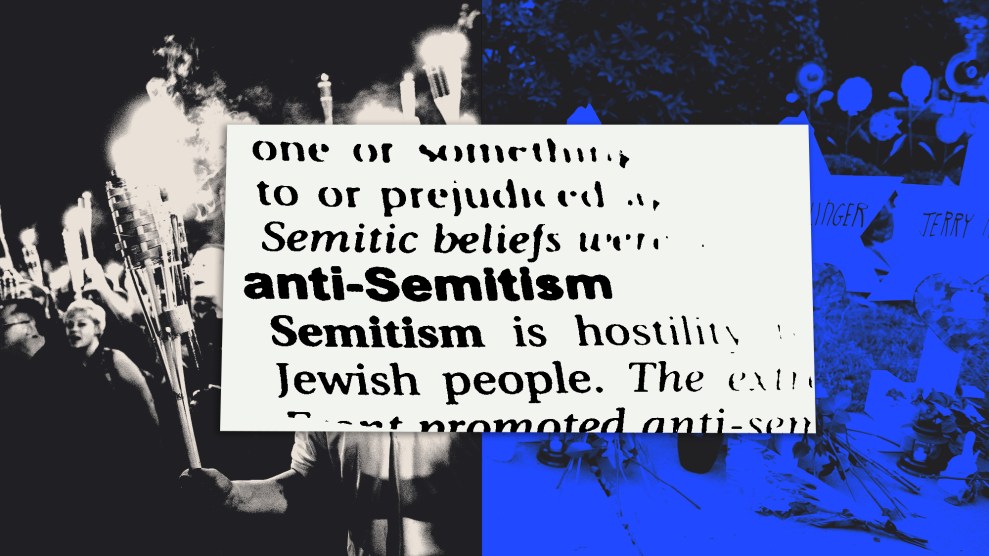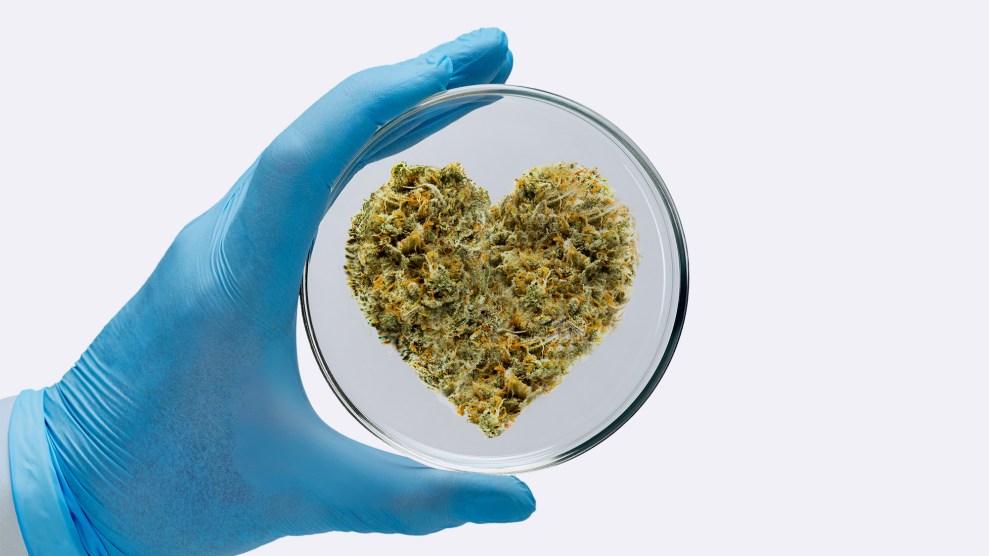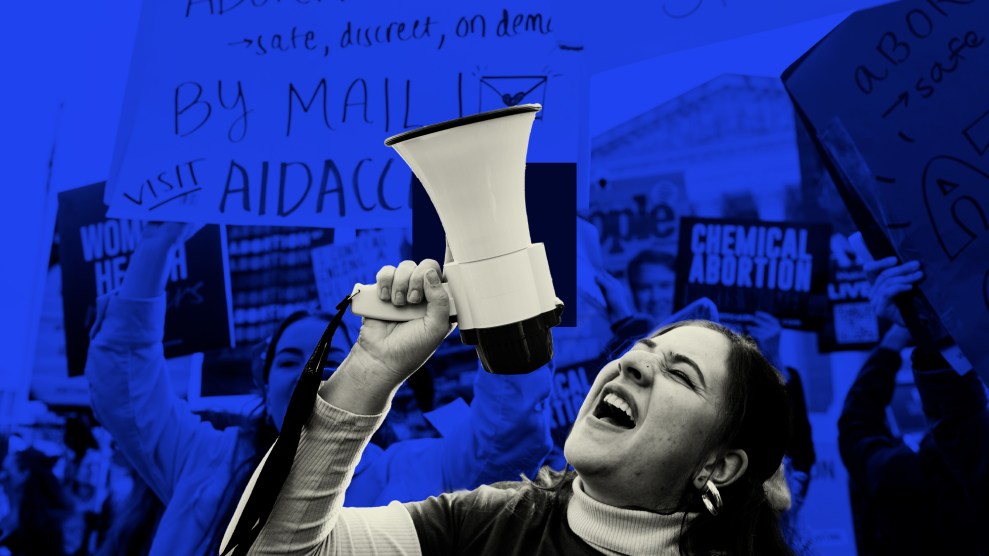
A few months ago, Ayn Rand fans made a big stink about “going Galt”—threatening to bring down the federal government (i.e., Obama) by taking their productive genius and going home (i.e., working less and paying less taxes). In another sign that the screw-the-feds fad never really went anywhere, some objectivists with deep pockets have emerged from hiding to funnel more money to the moochers and looters. On Friday, Bloomberg reported that the Roark Capital Group, a $1.5-billion, Goldman Sachs-backed private-equity firm, is making record investments after a couple of slow years. Roark, which owns Carvel Ice Cream and Cinnabon, may be the nation’s only investment firm that openly claims Ayn Rand as its inspiration. As it website explains, it’s named after Howard Roark, the architect protagonist of The Fountainhead, who dynamites one of his own projects because it doesn’t meet his exacting standards.
It’s not news that Rand has plenty of acolytes among traders, fund managers, and former heads of the Fed. But as Wall Street Journal columnist and Randian Evan Newmark explains, walking the objectivist walk on Wall Street is easier said than done, even at capitalist bastions like Goldman Sachs—which features a corporate “culture that might have been dreamt up by Karl Marx if he had been more interested in profits than the proletariat.”
So how well has Roark Capital followed its namesake’s vision? A quick glance at the Carvel website suggests that Howard Roark’s violent fastidiousness has not trickled down to the rank-and-file. In fact, company “spokescake” Cookie Puss, with his “tendency to melt under extreme pressure” and “friendliness and constant state of happiness” seems like just the kind of spineless loser Rand detested. His colleague, the “very laid back, nature-loving” Fudgie the Whale sounds no better. I hope that Roark Capital will wake up to this Goldman Sachs-style collectivism and restore Tom Carvel’s exacting standards of architectural precision in frozen cake-making. The ice-cream fountainhead awaits!















